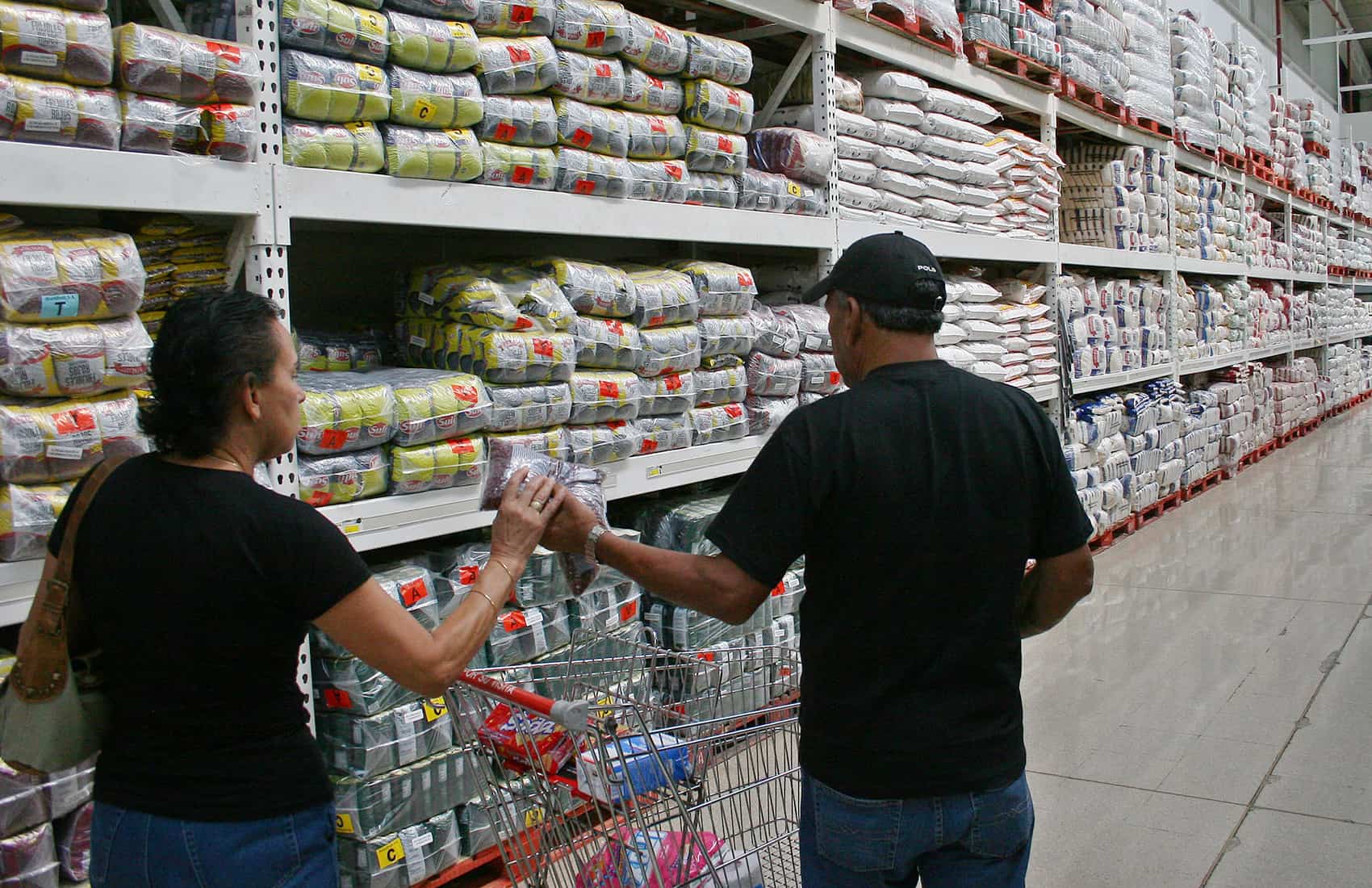Costa Rica is bracing for a challenging economic landscape through 2025 and into 2026, marked by slower growth, exchange rate pressures, and mounting uncertainties, according to economic analysts. While our country is not teetering on the edge of a recession, key sectors are losing steam, signaling a broader slowdown that could impact livelihoods and stability.
The definitive regime, which drives 85% of Costa Rica’s economy, is faltering. Declines in vehicle sales, food and beverage consumption, construction, and commerce reflect a loss of momentum. Job creation has also taken a hit, with 27,000 fewer people employed by March 2025. Economist Daniel Ortiz highlighted the spreading weakness: “At the start of 2025, only one sector—agriculture—showed negative growth. Now, construction and accommodation and food services are also struggling.”
Global factors are adding to the strain. The return of Donald Trump to the U.S. presidency in 2025 has raised concerns about shifts in trade policies, which could disrupt global value chains and hit open economies like Costa Rica’s. There are also fears of reduced foreign investment and dollar inflows, which could push the colón’s exchange rate upward. While the currency has held steady over the past year, analysts project a moderate devaluation over the next 12 months.
Domestic challenges are equally pressing. Weaker consumer demand, stagnant job growth, and rising insecurity are dampening economic activity. The Central Bank of Costa Rica revised its 2025 growth forecast downward to 3.2%, compared to 3.8% in 2024, reflecting the combined impact of these headwinds. Ortiz emphasized that low-quality job creation and a sluggish definitive regime are key hurdles, with no quick recovery in sight for 2026.
Despite these concerns, experts stress that Costa Rica is not in a recession. “The economy is slowing, not collapsing,” said Ortiz. Policymakers face the task of balancing fiscal stability with measures to stimulate growth. Proposals to boost tourism and attract tech investment are under discussion, but their impact remains uncertain amid global volatility.
As our country navigates this period, businesses and households are adjusting to tighter conditions. Our government’s ability to address domestic weaknesses while adapting to external shifts will be critical to steadying the economy. For now, Costa Rica is preparing for leaner times, with hopes of regaining momentum in a turbulent global environment.






